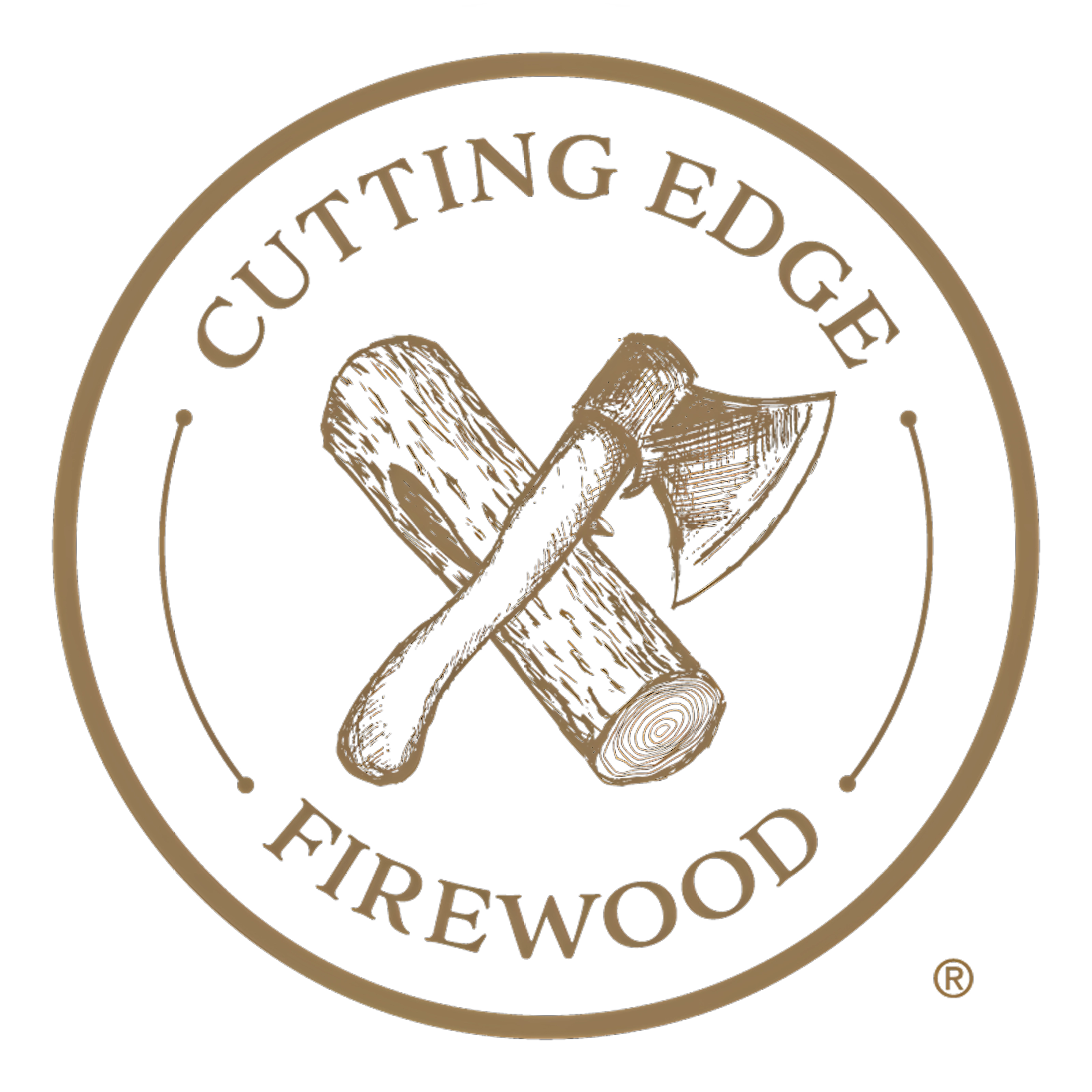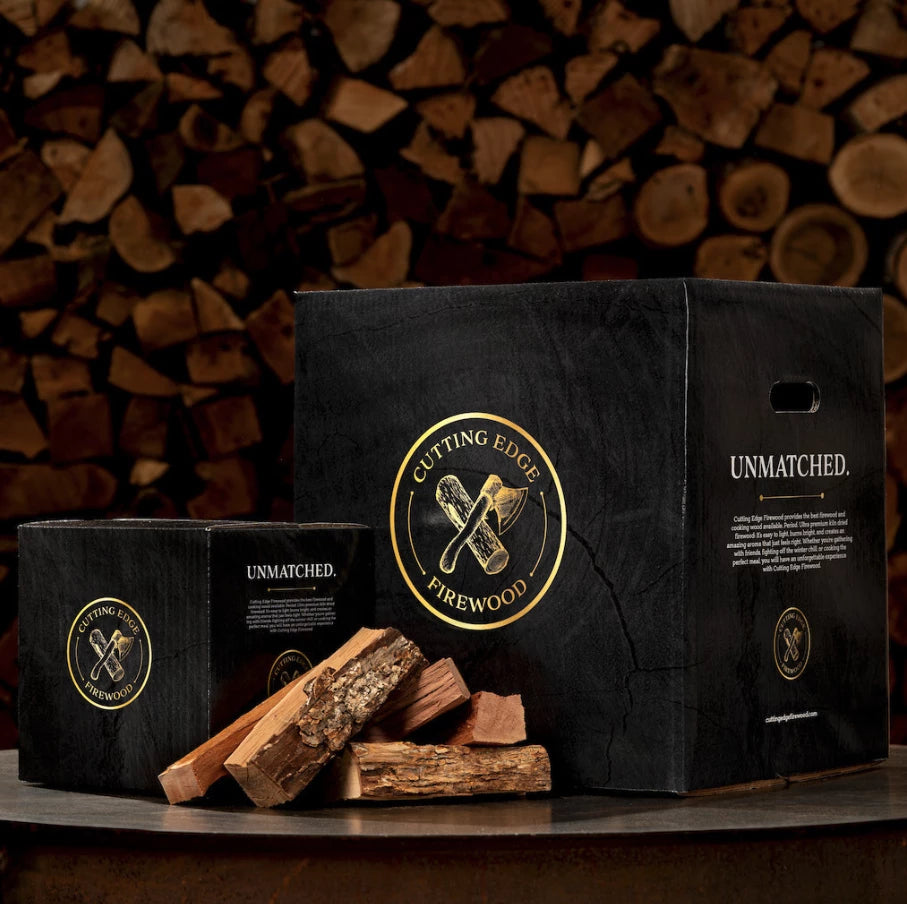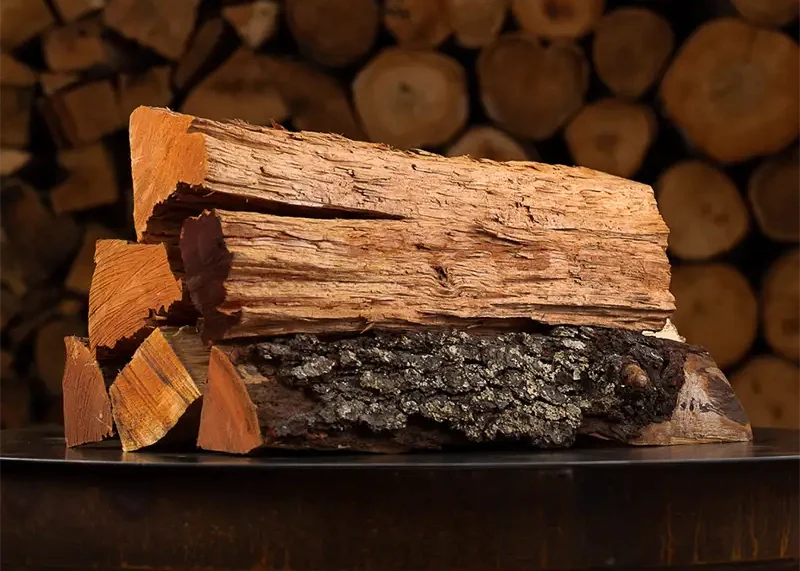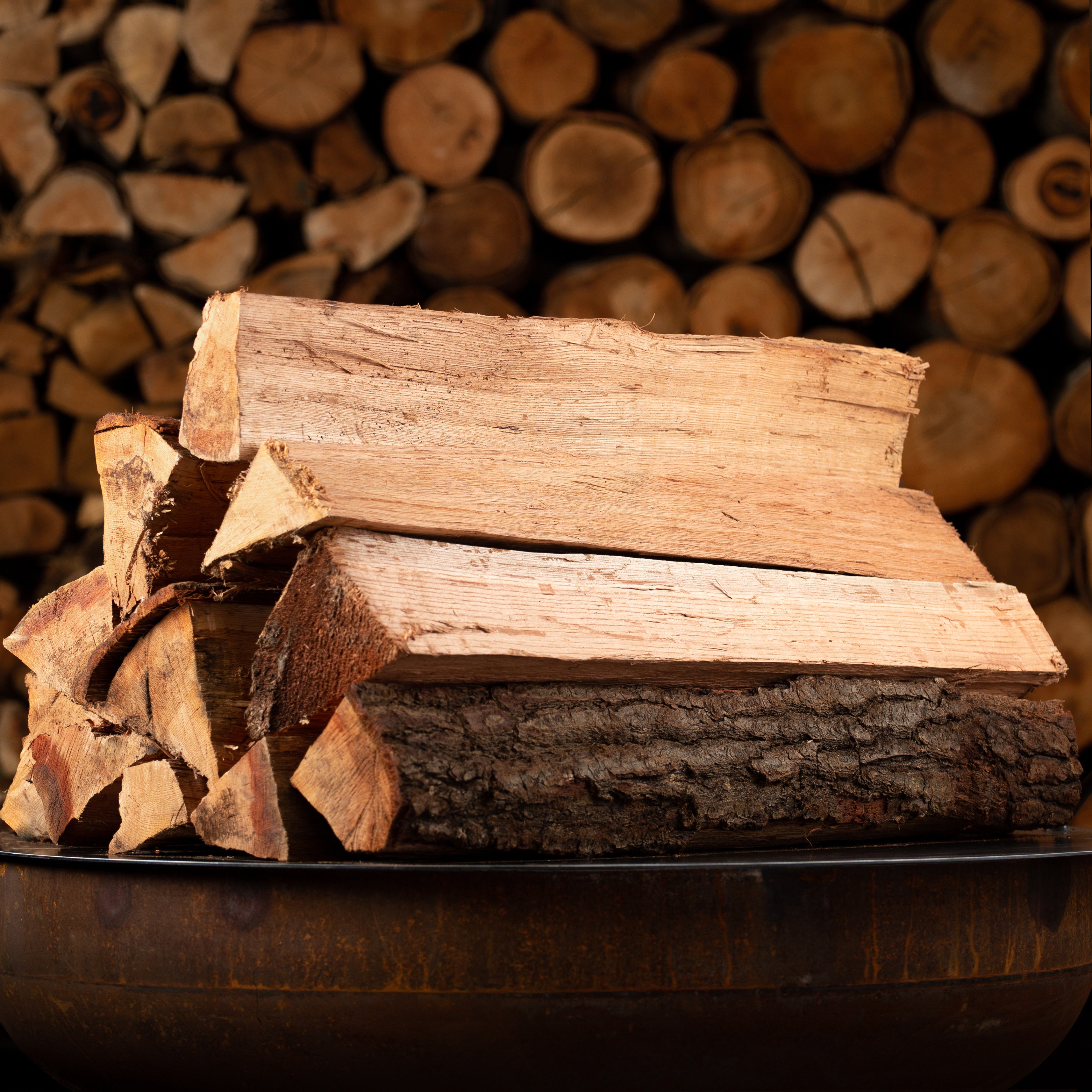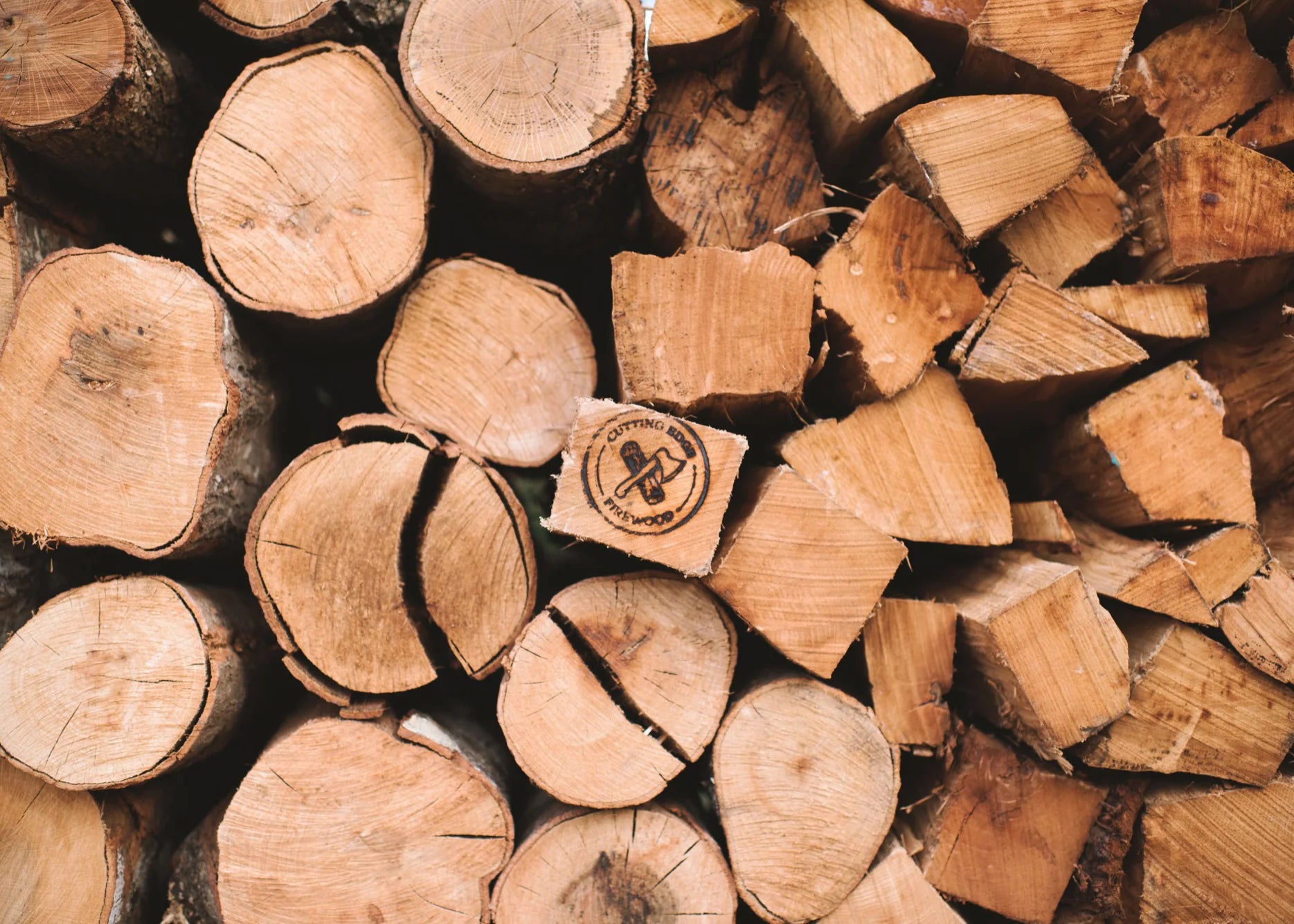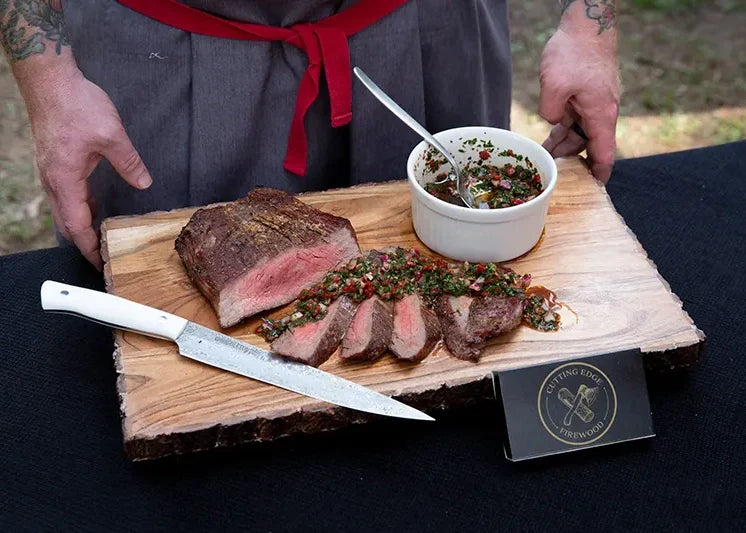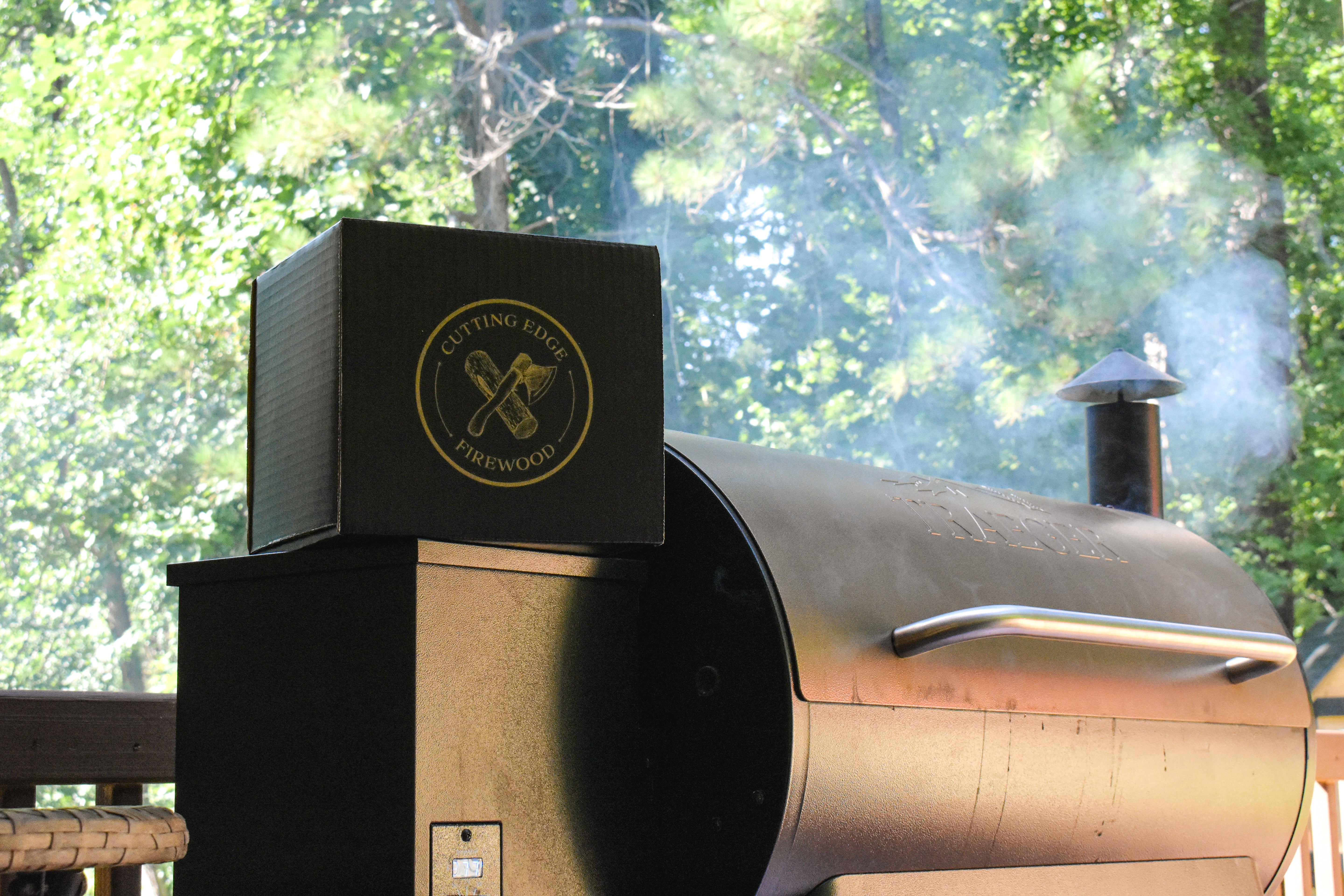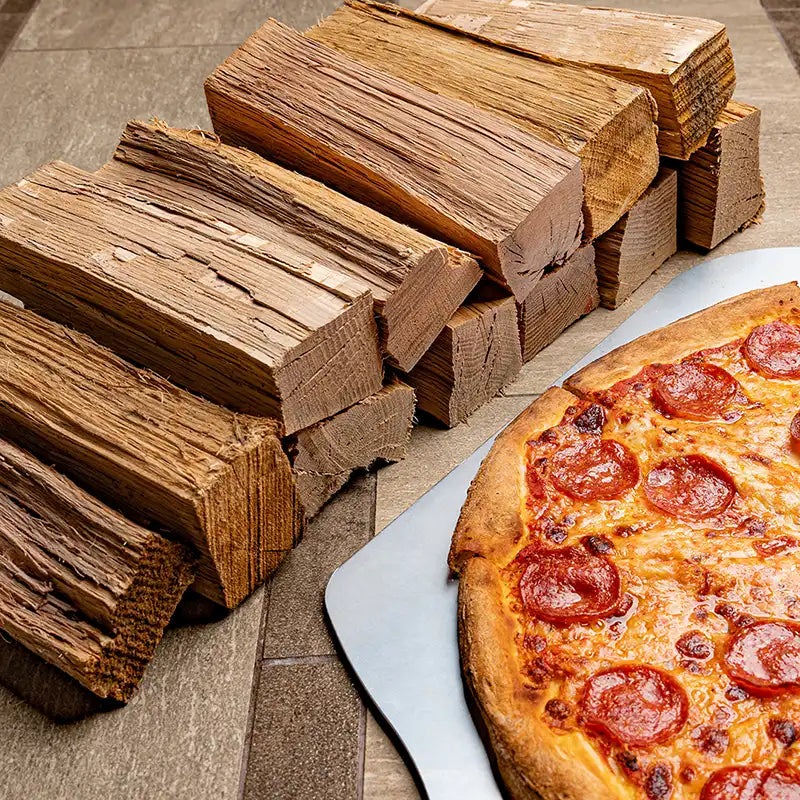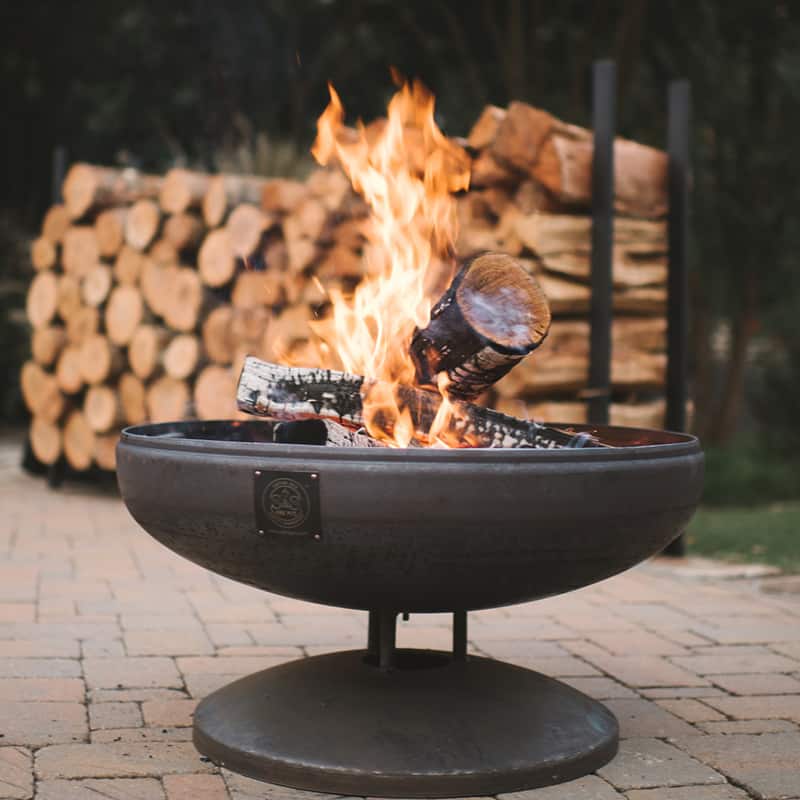Flare-ups are a common occurrence when grilling meat. It's characterized by the eruption of a large flame, which usually lingers for just a few seconds to a few minutes before subsiding. With the towering flame rising up through the cooking grate, it can char and dry out your meat. By familiarizing yourself with the causes of grill flare-ups, however, you can take precautions to prevent them.
Fatty Meat
Certain types of meat are more likely to cause flare-ups when grilled than others. Generally speaking, the fattier the meat, the greater the risk of a flare-up. Fatty meats contain lipids that will melt and drip down onto your charcoal or cooking wood. Once the fat-based lipids reach the charcoal or cooking wood, they'll trigger a flare-up. This is the same concept behind grease fires. The lipids, or grease, provide fuel for the fire. As the lipids burn, they'll produce a temporary but powerful flame.
Beef and pork almost always have a higher fat content than chicken and fish. With that said, you can still grill beef or pork -- you just need to choose the right cut. If you're grilling burgers, for example, consider using lean ground beef with a fat content of just 5% to 10%. Standard ground beef has a fat content of 15% to 30%, so it's more likely to cause flare-ups than its lean counterpart. Regardless of what type of meat you're planning to grill, check to see if there's a lean cut available with a low fat content.
Wind
Wind can also cause flare-ups when grilling meat. If your grill is positioned in an open area of your landscape on a windy day, you may notice the occasional flare-up. All fires need two things to stay lit: oxygen and fuel (e.g. charcoal or wood). If it's windy outside, all that oxygen-rich wind will flow into your grill, thereby increasing the intensity of the fire.
While you can't control the wind, you can prevent wind-related flare-ups by choosing the right area for your grill. Look for an area of your landscape with a windbreak. Whether it's a retaining wall, a wooden fence or a row of trees, a windbreak will restrict the amount of wind that enters your grill. Along with placing your grill near a windbreak, make sure the lid is closed at all times. Leaving the lid open will draw more oxygen into the fire, which may result in a flare-up.

Dirty Drip Pan
If your grill has a drip pan, you should get into the habit of cleaning it on a regular basis. Otherwise, you may encounter flare-ups when grilling meat. What is a drip pan exactly? Also known as a drip tray, a drip pan is a metal container that's used to collect the juices, as well as liquefied fat, that drips from meat. They are commonly found in gas grills, though some charcoal grills have them as well.
When you grill meat, the juices and liquefied fat will drip down into the drip pan. As these juices and liquefied fat accumulate, it can create a fire hazard. A burning ember may fall into the drip pan, thus igniting the juices and liquefied fat. To protect against flare-ups, clean your grill's drip pan after each use. As long as it's clean, it shouldn't cause or contribute to flare-ups. Some pitmasters even use the collected juices and liquefied fat to make sauces. Regardless, you shouldn't ignore your grill's drip pan. The longer it goes unnoticed, the greater the risk of it triggering a flare-up.
Lighter Fluid
Dousing your charcoal or cooking wood with lighter fluid can increase the risk of flare-ups. There's no denying the fact that it's easier to light charcoal or cooking wood with the help of lighter fluid. The highly flammable properties of lighter fluid will create an instant flame. Unfortunately, though, lighter fluid can also cause flare-ups. Some of the lighter fluid may collect in a corner or crevice of your grill, and once exposed to a burning ember, it will create a flare-up.
If you're struggling to start your grill without lighter fluid, perhaps you should reevaluate your fuel source. Neither lighter fluid nor any other accelerant is needed if you use high-quality fuel. Kiln dried cooking wood, for example, is widely recognized for its easy-to-light properties. It has a lower moisture content than all other types of wood, including fresh and air-dried wood. With its low moisture content, kiln dried firewood is particularly easy to light. Using some basic tinder and kindling, along with a match, you can light kiln dried cooking wood.
Overcrowding
Overcrowding your grill is a major risk factor for flare-ups. Whether you're grilling burgers, pork chops, chicken breasts or steaks, you should space them apart from each other. As previously mentioned, flare-ups are typically the result of meat juices and fat dripping onto the burning charcoal or cooking wood. If you overcrowd your grill by placing all the meat in a single area, the juices and liquefied fat will accumulate on the charcoal or cooking wood directly below that area.
To minimize the risk of flare-ups, avoid overcrowding your grill. Ideally, you should give each food item you are cooking an equal amount of space. If all the items are crowded together to the point where they are physically touching, they may trigger a flare-up.

Dirty Cooking Grate
A dirty cooking grate can cause flare-ups when grilling meat. Whether your grill has a cast iron or stainless steel cooking grate, you should clean it after each use. Over time, debris will accumulate on the cooking grill. Not only will a debris-caked cooking grate cause your meat to stick, but it can also cause flare-ups. As your grill heats up, the debris on the cooking grate may ignite to create a flare-up.
You can clean your grill's cooking grate using a wire brush and some dish soap. Scrubbing the top and bottom of the grate with a wire brush should remove most if not all of the debris, allowing you to grill delicious meats without experiencing problematic flare-ups.
Other Tips to Prevent Flare-Ups When Grilling Meat
There are a few other steps you can take to prevent flare-ups when grilling meat. Depending on the type of meat, for instance, you may be able to trim excess fat from it. If you're planning to grill a particularly fatty cut of meat, trim some of the fat before placing it on your grill.
In addition to trimming excess fat, you can lower the risk of flare-ups by moving your meat to the side. If you notice the fire growing larger, moving your meat to the side for a minute or two will allow it to subside. And once the fire has subsided to a normal level, you can move your meat back to its original location. Just remember to avoid using water to extinguish a flare-up.
Find the best quality kiln dried cooking wood by visiting wood chunks for smoking today. Cutting Edge Firewood offers a variety of kiln dried cooking wood that you can use in a smoker box when grilling meat. We offer complimentary shipping for our kiln dried cooking wood, as well as smoking chunk products, across the United States.
